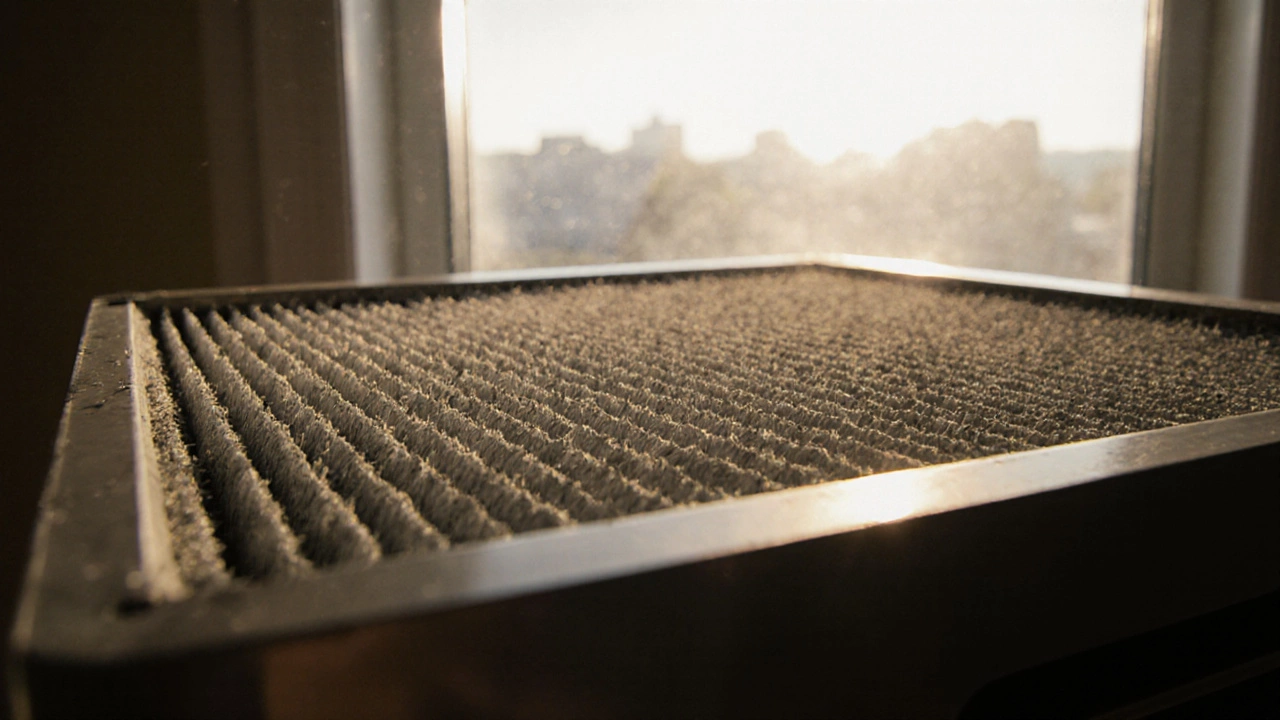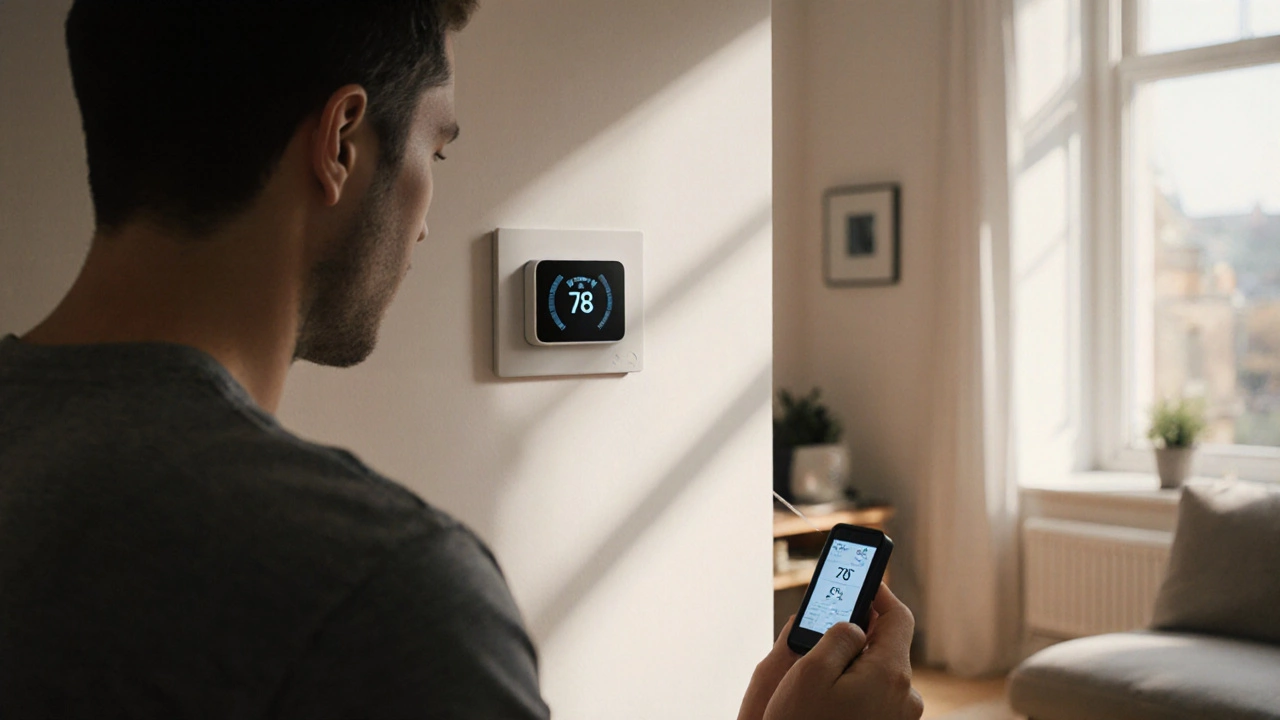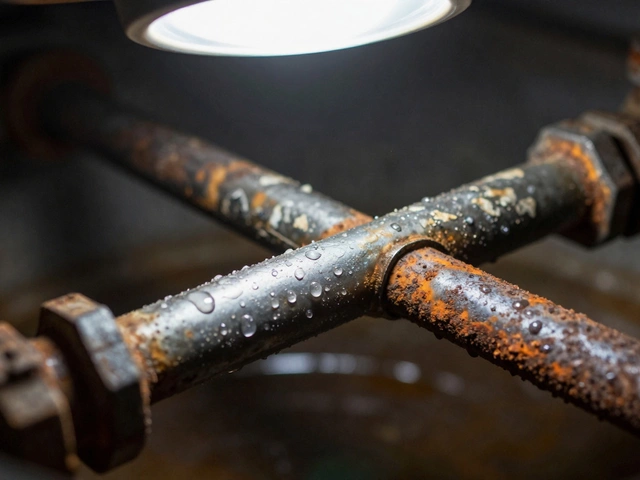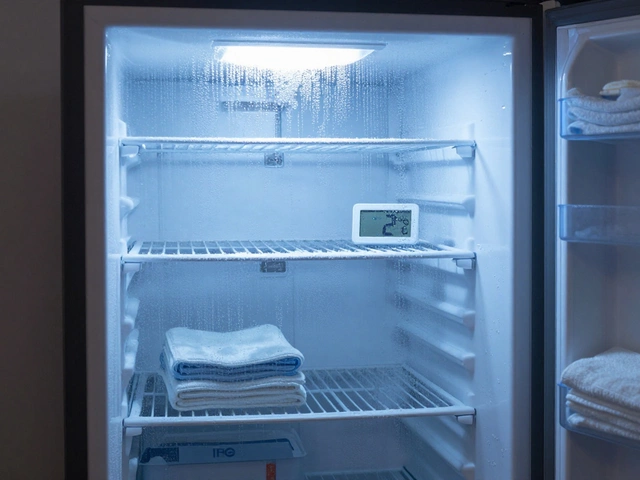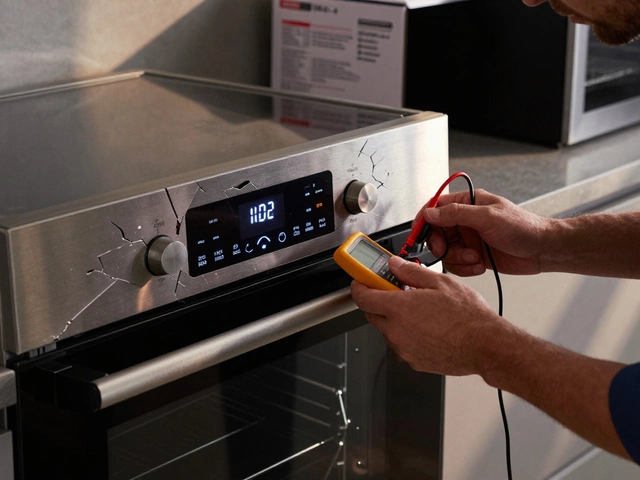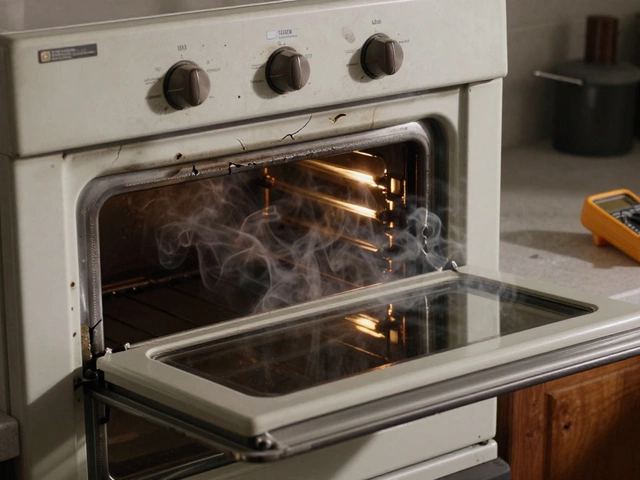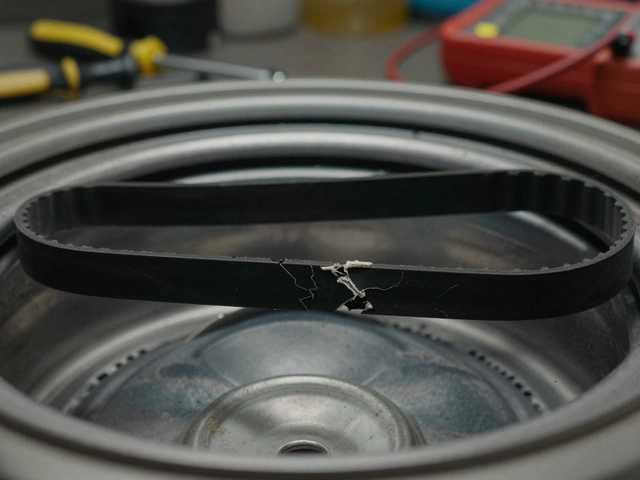Heat Pump Troubleshooting – Expert Tips & Common Fixes
Heat Pump Troubleshooting, the systematic approach to identifying and fixing problems in a heat pump that provides both heating and cooling for residential spaces. Also known as heat pump diagnostics, it saves money and prevents uncomfortable indoor temperatures. When you understand the basics, you can spot issues before they become emergencies.
Key Areas to Check
A well‑run heat pump, a device that moves heat from outdoors to indoors (or vice‑versa) using refrigerant cycles
relies on three main parts: the compressor, the outdoor fan, and the indoor coil.
Heat pump troubleshooting usually starts with the most visible symptom – no heat, no cool, or strange noises. If the unit won’t start, the first thing to verify is power: check the circuit breaker, confirm the thermostat calls for heat, and make sure the outdoor unit’s safety switch isn’t tripped. A dead fan often points to a blocked filter or a failed motor, while a humming compressor without kicking in may hint at a refrigerant leak or a faulty capacitor.
Another crucial related entity is home heating system, the network of ducts, radiators, or floor‑mounted units that distribute warmth generated by the heat pump throughout a house
. Even if the pump itself is healthy, a clogged duct, air‑locked radiators, or a malfunctioning zone valve can make it look like the pump failed. Inspecting vents, clearing dust from filters, and bleeding radiators are low‑cost steps that often restore comfort. Remember, the system’s efficiency drops dramatically if airflow is restricted – a simple filter swap can improve performance by up to 15%.
Maintenance is the third pillar. Regular heat pump maintenance, scheduled checks that include cleaning coils, verifying refrigerant charge, and testing electrical connections catches wear before it breaks. A yearly service that includes coil cleaning, fan inspection, and refrigerant level verification can extend a pump’s life by several years and keep energy bills low. If you hear ice forming on the outdoor coil, it’s often a sign of low refrigerant or a failing defrost cycle – both require professional attention.
Putting these pieces together, you get a clear semantic chain: heat pump troubleshooting encompasses diagnosing compressor or fan failures, requires understanding of the broader home heating system, and is greatly improved by routine maintenance. This logical flow helps you prioritize checks, avoid unnecessary part replacements, and decide when a qualified technician is needed.
Below you’ll find a curated set of articles that dive deeper into each of these aspects – from spotting a blocked outdoor fan to understanding refrigerant pressure, from DIY filter cleaning to knowing when a professional service is worth the call. Use them as a quick reference guide to keep your heat pump humming smoothly throughout the year.
8 November 2025
·
0 Comments
Your heat pump runs but doesn't cool? It's usually a simple fix like a dirty filter or thermostat setting. Learn the top 5 causes and how to fix them yourself before calling a technician.
Read more
8 October 2025
·
0 Comments
Learn how to spot a heat pump malfunction with a step-by-step DIY guide, practical checks, and maintenance tips to keep your system running smoothly.
Read more

